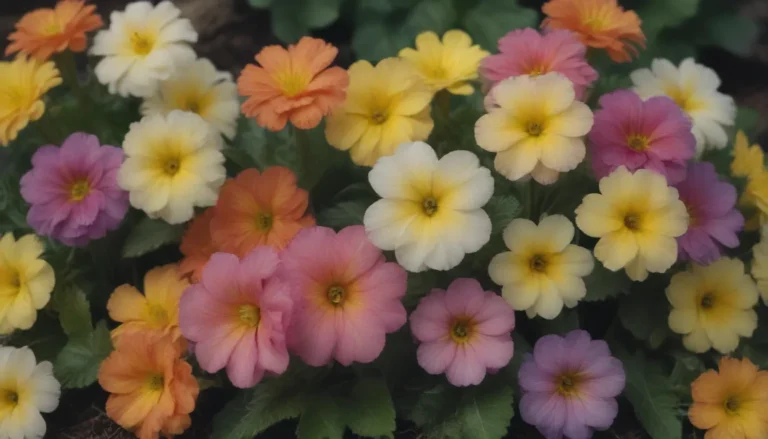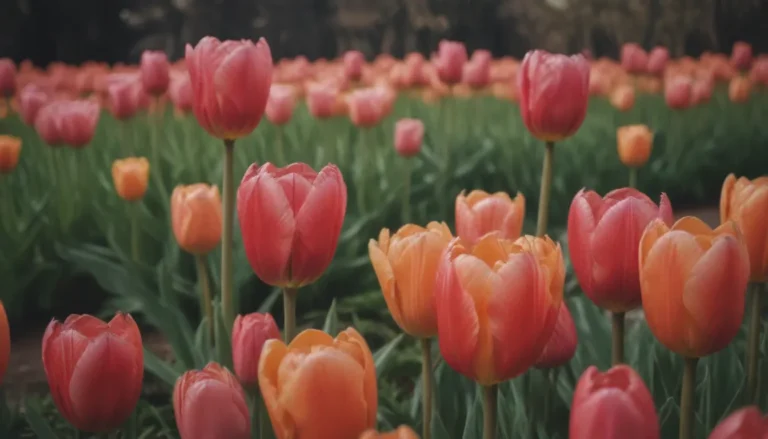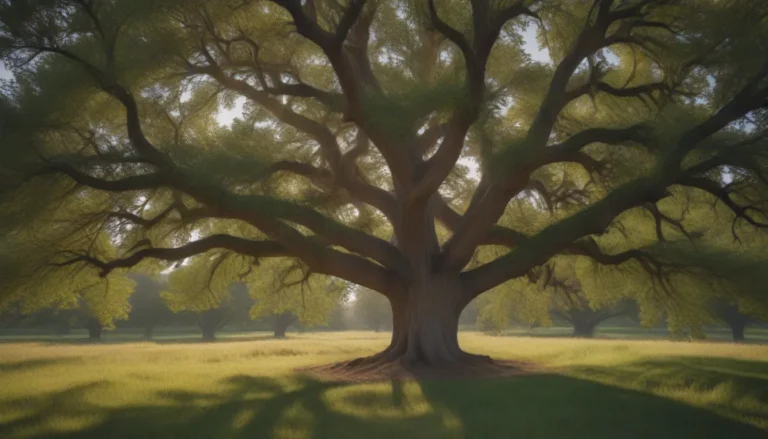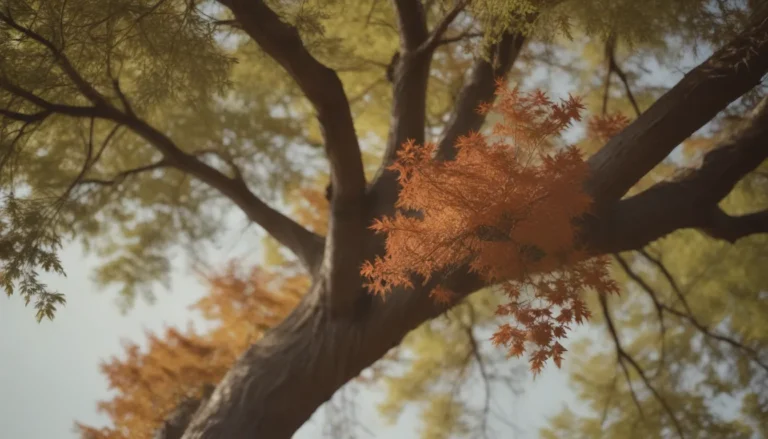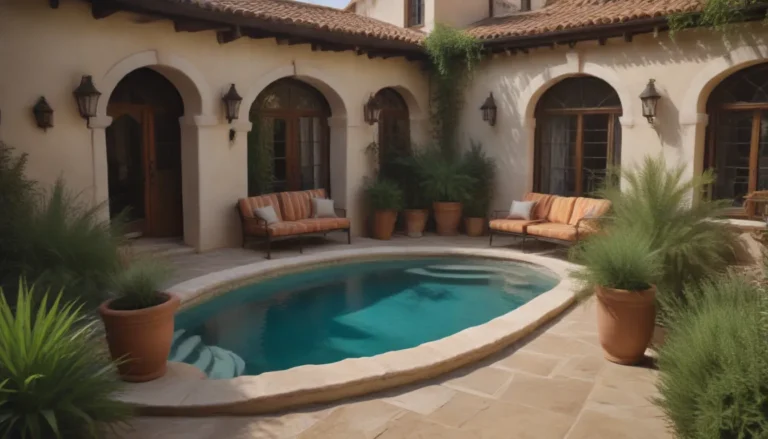Sedge Plants: A Complete Guide for Ornamental Gardeners
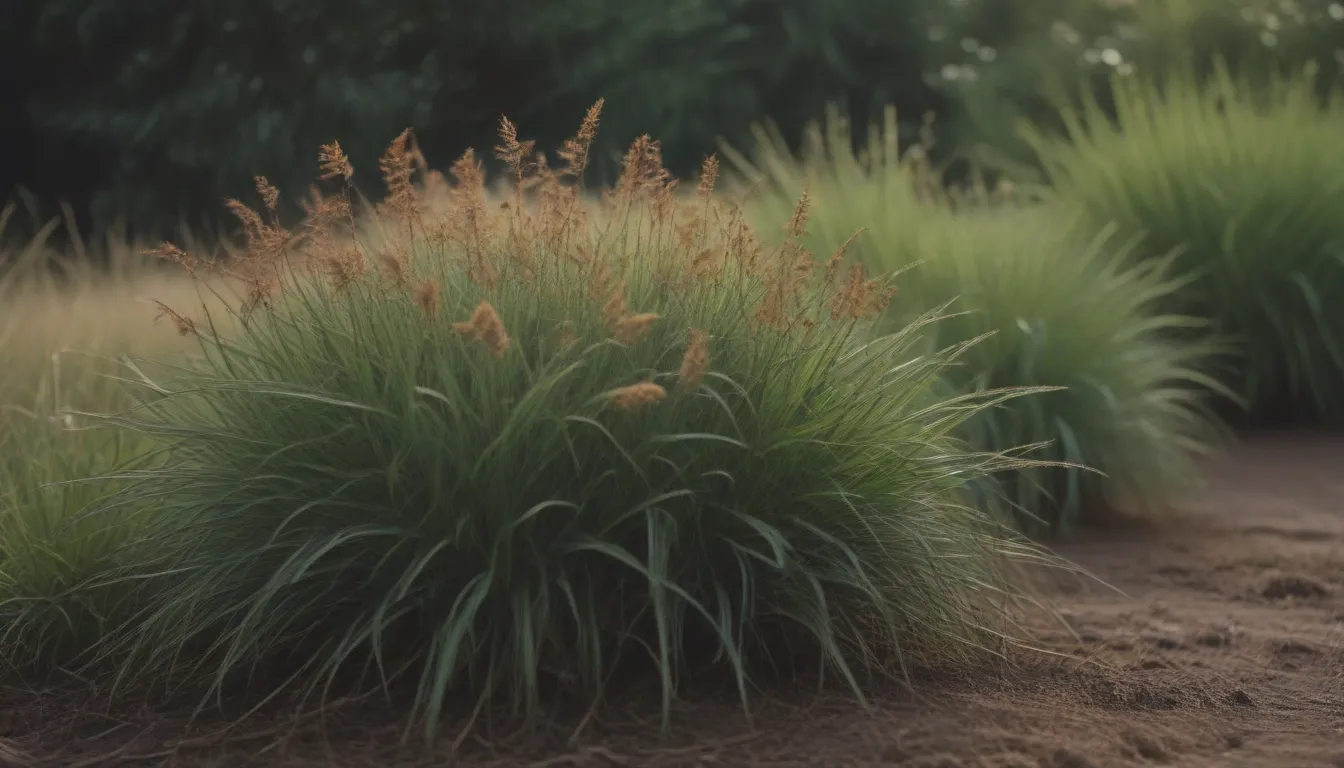
Are you looking to add some colorful and unique foliage to your garden? Look no further than sedge plants! With over 2,000 species in the Carex genus, these grass-like plants offer a variety of colors and textures to enhance the beauty of your outdoor space. In this comprehensive guide, we will explore everything you need to know about sedge plants, from their characteristics and care tips to 10 popular varieties you can consider growing in your garden.
Sedge Plant Characteristics
Sedge plants are typically weedy or grass-like and are grown mainly for their foliage, although some varieties do produce subtle and attractive blooms. Here are some key characteristics of sedge plants:
- Most sedges are perennials with solid, triangular stems that can grow from 3 to 36 inches tall.
- They thrive in areas with wet soil and spread via rhizomes.
- Sedges have an average lifespan of 2 to 10 years, making them a long-lasting addition to your garden.
Sedge Plant Care Tips
To ensure your sedge plants thrive, follow these care tips:
Where to Plant
- Sedges prefer partial shade or filtered sun, making them an excellent choice for planting under trees or in moist, shady areas.
- While they are adaptable to various conditions, providing them with their ideal light conditions will help them flourish.
How to Plant
- When planting a single sedge as an accent, transplant it into a pot 2 or 3 times the size of the original pot and plant the entire pot in the desired spot to prevent spreading.
- For a dense ground cover, plant multiple sedges about 1 inch apart to fill in the area by the end of the season.
Growing Needs
- Sedges are not overly fussy and can adapt to different growing conditions.
- They thrive in moist soil that is sandy, loamy, or clay and prefer partial sun or shade.
- While they are drought tolerant, it is best to water them abundantly to maintain moist soil conditions.
10 Popular Sedge Varieties for Your Garden
Now, let’s explore 10 popular types of sedges that you can consider growing for their ornamental value:
1. Spark Plug Palm Sedge (Carex phyllocephala ‘Spark Plug’)
- This sedge features variegated leaves and reaches about 1 foot tall.
- It thrives in wet soil and is a great alternative to invasive ribbon grass.
- Native Area: USA USDA Growing Zones: (insert zones) Height: (insert height) Sun Exposure: (insert details)
2. Leatherleaf Sedge (Carex buchananii)
- Known for its coppery foliage, this sedge forms dense clumps and prefers full sun.
- Ideal for adding color and texture to your garden.
- Native Area: (insert information) USDA Growing Zones: (insert zones) Height: (insert height) Sun Exposure: (insert details)
3. Bowles’ Golden Tufted Sedge (Carex elata ‘Aurea’)
- Brighten up your garden with this golden-leaved sedge that thrives in wet soil.
- A great choice for water gardens and partial shade areas.
- Native Area: (insert information) USDA Growing Zones: (insert zones) Height: (insert height) Sun Exposure: (insert details)
4. Gold Fountains Sedge (Carex dolichostachya ‘Gold Fountains’)
- Features gracefully arching leaves and thrives in wet soil conditions.
- Pair with Hostas for a contrasting texture in your garden.
- Native Area: (insert information) USDA Growing Zones: (insert zones) Height: (insert height) Sun Exposure: (insert details)
5. Blue Sedge (Carex flacca, or “Carex glauca”)
- This bluish grass-like sedge is great for moist soil and water gardens.
- Adds a soft touch to your garden with its clumps of foliage.
- Native Area: (insert information) USDA Growing Zones: 4 Height: (insert height) Sun Exposure: (insert details)
6. Variegated Japanese Sedge (Carex morrowii ‘Variegata’)
- This two-toned leaf sedge is a dense clumper that attracts bees and butterflies.
- Ideal for partial shade areas with moist soil conditions.
- Native Area: (insert information) USDA Growing Zones: (insert zones) Height: (insert height) Sun Exposure: (insert details)
7. Bronze New Zealand Hair Sedge (Carex comans ‘Bronze Form’)
- With reddish-bronze foliage, this sedge is perfect for edging along walkways.
- Requires moderate water and adds a soft touch to your landscape.
- Native Area: (insert information) USDA Growing Zones: (insert zones) Height: (insert height) Sun Exposure: (insert details)
8. Orange New Zealand Hair Sedge (Carex testacea ‘Prairie Fire’)
- Similar to the Bronze variety but with a more intense color.
- A popular choice for landscapes, although slightly less cold-hardy.
- Native Area: (insert information) USDA Growing Zones: (insert zones) Height: (insert height) Sun Exposure: (insert details)
9. Evergold Japanese Variegated Sedge (Carex oshimensis ‘Evergold’)
- Features arching foliage with green margins and creamy yellow interiors.
- Ideal for ground cover in partially shaded areas with moist soil.
- Native Area: (insert information) USDA Growing Zones: (insert zones) Height: (insert height) Sun Exposure: Full sun to (insert details)
10. Mountain Sedge (Carex montana)
- A cold-hardy sedge that tolerates alkaline soil and provides a short, spreading ground cover.
- Adds interest with spikes of brown flowers in spring.
- Native Area: (insert information) USDA Growing Zones: (insert zones) Height: (insert height) Sun Exposure: (insert details)
Conclusion
In conclusion, sedge plants are a versatile and colorful addition to any ornamental garden. With a variety of species to choose from and easy care requirements, they are a great choice for gardeners looking to add unique textures and colors to their outdoor spaces. Whether you prefer golden foliage, bluish grass-like plants, or coppery leaves, there is a sedge variety to suit your garden’s needs. So, why wait? Start planting your favorite sedge varieties today and watch your garden transform into a colorful and vibrant oasis!
